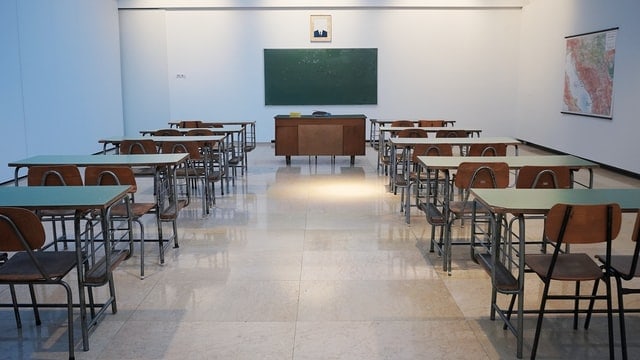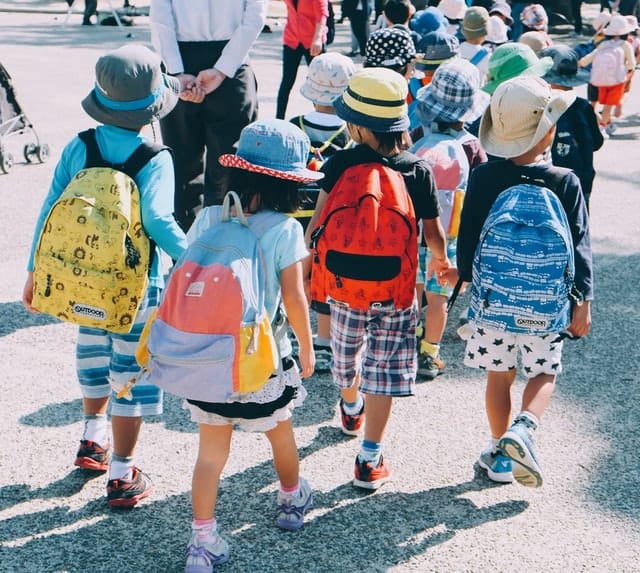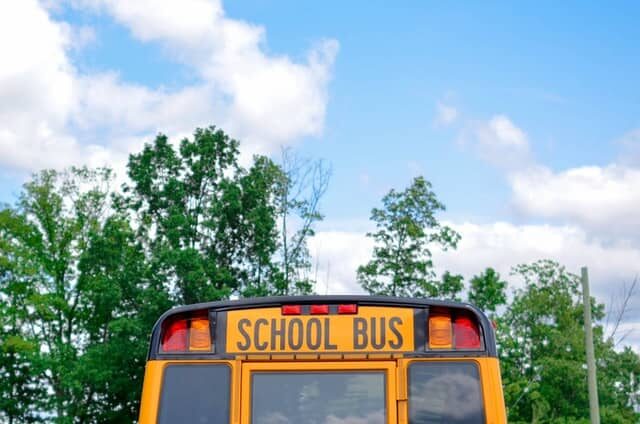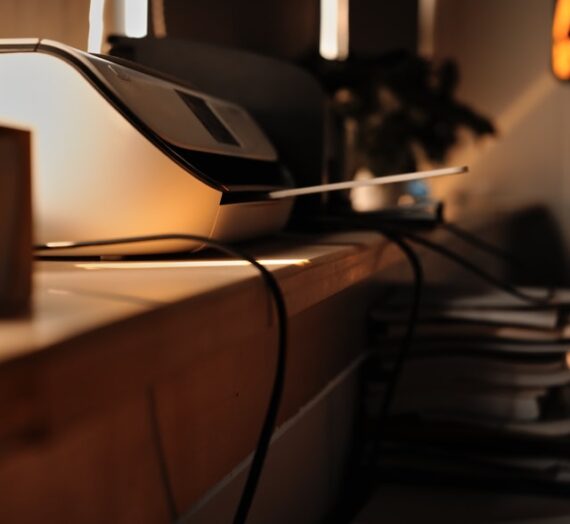Re-Opening Schools based on Facts, Science, and Statistics
By Award-Winning Author, Carew Papritz,
Back to School
As many parents with a child “going back to school,” I too have more questions than answers regarding how we can Re-Opening Schools safely to send our kids back to the classroom.
Hope is not a strategy for re-opening schools. Science and facts are the only way we can safely re-open. Yes, all of us parents desperately want our kids to return to school. That is not in question. The question is how we do it safely to protect not only our kids but our families and communities. If we do it right, we don’t have to perform the open-and-close act which recently happened to schools in several states that tried to re-open this last week. Let’s get it right the first time—and keep getting it right.
The studies and the science
behind this constantly evolving Covid-19 situation can be confusing, especially as pertains to the re-opening of our schools. Here are some of the most pertinent facts, science, and statistics as gleaned from national newspapers, the CDC, and scientific journals, which will hopefully inform you as to the current state of our schools as they try to re-open, and what we as parents can do to with this information.

How many children to date have tested positive for Covid-19?
Fact: More than 5 million people in the country have been infected with the virus, representing about one-quarter of the total worldwide cases.
American Academy of Pediatrics and the Children’s Hospital Association found that more than 338,000 children have tested positive for COVID-19. With 97,078 new cases reported in the July 16-30 period.
The latest analysis from the CDC shows that roughly 6% of confirmed coronavirus cases in the United States have been among people 17 years old and under — 1.4% have been in people under 4 and 4.6% between 5 and 17.
How many children have died from Covid-19?
Fact: More than four per cent of COVID-19 cases in the United States have been fatal, but only about 0.2 per cent of patients under the age of 17 have died. Across the United States, 29 people under the age of 14 and 142 people between the ages of 15 and 24 have died after contracting the coronavirus.
What does Covid-19 Testing on Kids Really Mean?
Science: “It really comes to the evidence base of: what do we have as far as testing and children,” Dr. Brix, the White House coronavirus response coordinator, said during a recent press briefing. “So, if you look across all of the tests that we’ve done and when we have the age, the portion that has been the lowest-tested portion is the under-10-years-old.”
Two international studies conducted on children— one focused on China and the other based in Germany — offer “compelling evidence that children can transmit the virus,” according to the New York Times.
A preliminary report from the CDC on the coronavirus in children said children are less likely to show typical symptoms of the coronavirus like fever or cough.
How efficiently children can spread the virus to others?
Science: A large new study from South Korea offers an answer: Children younger than 10 transmit to others much less often than adults do, but the risk is not zero. And those between the ages of 10 and 19 can spread the virus at least as well as adults do.
The findings suggest that as schools reopen, communities will see clusters of infection take root that include children of all ages, several experts cautioned.
“I fear that there has been this sense that kids just won’t get infected or don’t get infected in the same way as adults and that, therefore, they’re almost like a bubbled population,” said Michael Osterholm, an infectious diseases expert at the University of Minnesota.
Several studies from Europe and Asia have suggested that young children are less likely to get infected and to spread the virus. But most of those studies were small and flawed, said Dr. Ashish Jha, director of the Harvard Global Health Institute.
The new study “is very carefully done, it’s systematic and looks at a very large population,” Dr. Jha said. “It’s one of the best studies we’ve had to date on this issue.”
Other experts also praised the scale and rigor of the analysis. South Korean researchers identified 5,706 people who were the first to report Covid-19 symptoms in their households between Jan. 20 and March 27, when schools were closed, and then traced the 59,073 contacts of these “index cases.” They tested all the household contacts of each patient, regardless of symptoms, but only tested symptomatic contacts outside the household.
The first person in a household to develop symptoms is not necessarily the first to have been infected, and the researchers acknowledged this limitation. Children are also less likely than adults to show symptoms, so the study may have underestimated the number of children who set off the chain of transmission within their households.
Children under 10 were roughly half as likely as adults to spread the virus to others, consistent with other studies. That may be because children generally exhale less air — and therefore less virus-laden air — or because they exhale that air closer to the ground, making it less likely that adults would breathe it in.
How Do We Safely Re-Open Schools?
Science: The risk of reopening “will depend on how well schools contain transmission, with masks, for instance, or limiting occupancy,” said Lauren Ancel Meyers, a professor of biology and statistics at the University of Texas, Austin, who has been consulting with the city and school districts. “The background community transmission rate in August will also be a factor.”

In Austin, for example, which like cities in Florida and Arizona has seen a recent acceleration in new cases, the estimated infection rate now is about seven per 1,000 residents. That means a school with 500 students would have about four carrying the coronavirus. “The school might be able to contain those, depending on the measures it takes,” Dr. Meyers said.
If not, schools could help incubate outbreaks, given that they’re enclosed facilities where students, especially younger ones, are likely to have great difficulty social distancing, never mind wearing masks. Even if it turns out that children do not spread the virus efficiently, all it would take is one or two to seed new chains.
New Recommendations for Re-Opening Schools:
Science: As reported in the New York Times, the C.D.C. has been working on new recommendations for reopening schools for several weeks, in consultation with organizations like the National Association of School Nurses, according to a C.D.C. spokeswoman. The five planned documents include guidance on symptom screening and face masks, and a checklist for parents or guardians trying to decide whether to send their children to school. But they do not include any information on improving ventilation or curtailing airborne spread of the virus.
Schools will need to ensure that they circulate fresh air, whether by filtering the air, pumping it in from the outside, or simply by opening windows, said Saskia Popescu, a hospital epidemiologist at The University of Arizona. School nurses like Ms. Cogan will also need protective equipment like gloves, gowns and N95 masks.
RE-Openining our Schools,What Most Parents are Thinking
Statistics: Most American parents think it is unsafe to send their children back to school given the risks of the novel coronavirus, and more than 80 percent favor holding school at least partly online, according to a Washington Post-Schar School survey conducted by Ipsos.
But parents also express serious concerns with online online schooling and many are drawn to systems that mix the two.
The mixed feelings reflect deep and widespread anxiety among parents as they approach the end of a summer break. That has produced no national consensus on how to balance the risks of the virus against the academic, social and economic impacts of keeping schools closed.
Given three options for the fall, a plurality of parents — 44 percent — want their schools to offer a mix of online and in-person classes, an idea that has been considered by many school districts and adopted by some. In a close second place is all-virtual education, favored by 39 percent of parents.
Fully in-person school comes in a distant third, with 16 percent favoring it for their children. A separate question finds that two-thirds of parents oppose requiring all public schools to open for in-person classes five days a week, with one-third supporting it.
What Can Parents Do about Re-Opening Schools ?
During our recent lockdown, I assisted a number of healthcare facilities to research and implement new sterilization and sanitation protocols for their offices As a result, I took this newfound knowledge to our local schools, hoping they could benefit from it. While explaining the need for in-room air filtration systems, and the difference between electrostatic sprayers vs. foggers. I questioned the schools about Covid testing for the students and what their plan was for it.
Crickets . . . They had no plan. Why? Because it was a foregone conclusion that no school could get testing for their kids before the start of the school year. Essentially, we have given up on our ability to get our kids tested before starting the school year because we, as a society, consider it an impossibility. Thus, why ask for what we can’t have.
What amazes me at this time is the most obvious question of all—with a clean slate as you re-open a school. Why on earth wouldn’t you want to test all the kids before starting? Especially, if you have high-Covid positivity rates in your community or state?
We have amazing powers as parents. We will do anything to protect our kids. With 76 million students going back to school, that’s an extraordinary amount of “parent power.”
That’s why I started a national petition for “Front Line” parents to demand Covid testing for their schools before school even opens. And to keep testing. Yes, it’s seems impossible. But that’s we do for our kids—the impossible. The petition and op-ed can be found at www.ProtectOurKidsNow.net
But it’s not the just the Covid testing that parents need to demand. They need to question their school boards, their mayors, their governors about the facts and science behind re-opening their schools.
Parents need to ask how schools are going to filter clean air. Keep social distancing, make sure students wear masks and what the consequences are for not wearing masks. They need to ask how buses are being cleaned,. How teachers are being protected. What the policy is in case a student or students are found positive.
Make getting together easy—use the Rule of 5’s. Find 5 friends or family and make a plan to speak out to your local school board or mayor. Get together on Facebook or in group texts. Call each other. Start your own local petitions. Yes, you can do it. Just start it and you’ll be amazed at how many people will join in. Parents want a voice right now. We can all help give them that voice.
The other night I texted 5 friends who texted 5 friends who then called our school board. I think the board members were shocked that anyone would call into the most mundane of meetings on this planet. But it worked. They listened and they realized that parents really care. But they need to hear from all of us and now!
This is the time for you voice to be heard. You have “parent power. Use it to ask the questions, demand the facts, and protect our kids while safely re-opening our schools.
ABOUT THE AUTHOR
Carew Papritz is an educational thought-leader, literacy advocate, and author of the multi-award-winning book, The Legacy Letters. Through his YouTube videos, including the I Love to Read series and his First-Ever Book Signings, and events such as creating National Thank You Letter Day and the World’s Largest Handwritten Thank You Letter, Papritz spreads the love of reading, learning, and civility to people of all ages.
Papritz has made a global impact by being an advocate for literacy and teaching future generations about the importance of legacy. Papritz’s writings have been published in a number of media outlets including, The Huffington Post, Reader’s Digest, First Time Parent Magazine, and Inc. His most recent Op-ed comments on his time as a freelance photojournalist in the Los Angeles Riots: Why the Riots Again? The Power of Not Normal as Normal.
Views: 38



Christina S
This is a great post, as a parent I, too am worried for what is to come when the kids go back to school. I’m sure lots of changes are going to happen.
Jo D.
It is a tough decision for parents and what works for one family may not be the solution for another!
TINA ALEXANDER
Both my kids will be doing virtual learning online starting Sept 1. While I feel this is the safest choice for us all, it’s not going to be an easy experience. My kids get exceptional grades in school so I don’t want them to not have a rewarding experience with virtual.They still have to wear their uniforms, have hair done etc. just like they are at school.So hopefully they will feel as normal as possible about the change.Once we get the hang of the routine hopefully all will go well.
Jo D.
I know several teachers who are in the same position as parents right now and most have children of their own. Everyone is hoping that the return will be safe for all, lets hope so.